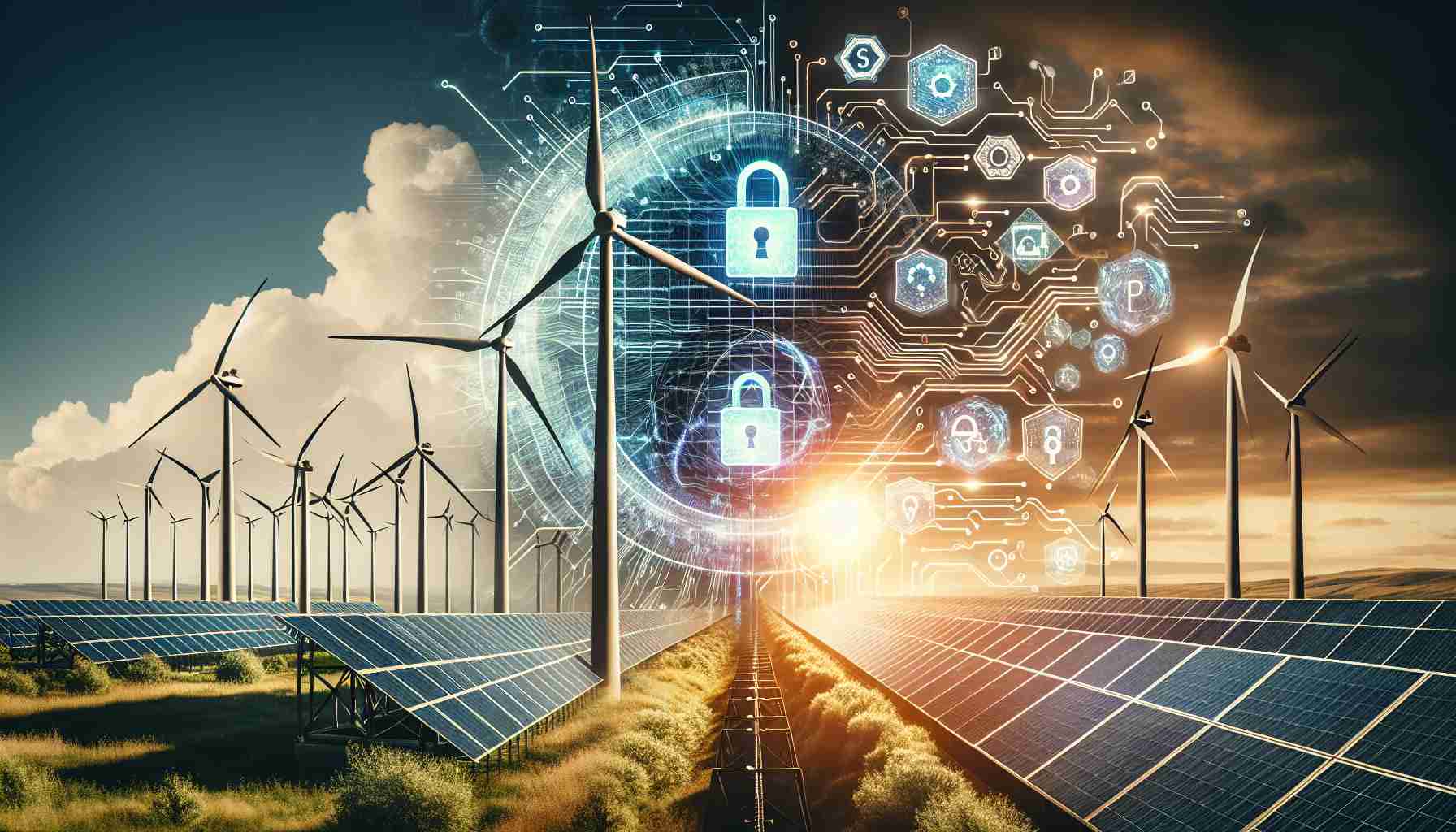The Evolving Landscape of Cybersecurity in the Energy Sector

As cybersecurity threats continue to evolve, the energy sector faces unique challenges in securing its critical infrastructure. The integration of advanced technologies with legacy systems creates a complex attack surface, emphasizing the importance of collaboration among grid operators and stakeholders.
While traditional IT attacks such as phishing and ransomware are on the rise, operational technology (OT) incidents targeting energy infrastructure remain relatively rare. Nation-state actors are increasingly showing interest in building sabotage capabilities, posing a growing threat to OT systems.
The dynamic nature of the electricity sector, with its blend of innovative technologies and legacy systems, necessitates a focus on supply chain security and collaboration among stakeholders. External factors like distributed energy resources and consumer equipment further complicate grid security, requiring a holistic approach to address both traditional vulnerabilities and emerging threats.
Initiatives like the Network Code on Cybersecurity (NCCS) and the EU’s Network and Information Security Directive (NIS2) play a crucial role in enhancing grid cyber resilience. By promoting information sharing, standardizing security requirements, and implementing risk management strategies, these regulatory measures aim to bolster the energy sector’s defenses against cyber threats.
Grid operators must proactively engage with these regulations, conducting risk assessments, implementing control measures, and fostering collaboration across the industry. The success of cybersecurity initiatives in the energy sector hinges on expertise, cooperation, and a coordinated effort to safeguard critical infrastructure against evolving cyber risks.
FAQ Section:
1. What are the unique challenges faced by the energy sector in terms of cybersecurity?
The energy sector faces challenges due to the integration of advanced technologies with legacy systems, creating a complex attack surface. Collaboration among grid operators and stakeholders is essential to address these challenges effectively.
2. What types of cybersecurity threats are prevalent in the energy sector?
While traditional IT attacks like phishing and ransomware are increasing, operational technology (OT) incidents targeting energy infrastructure are relatively uncommon. Nation-state actors are showing a growing interest in developing sabotage capabilities, posing a significant threat to OT systems.
3. How does the dynamic nature of the electricity sector impact cybersecurity?
The electricity sector’s blend of innovative technologies and legacy systems necessitates a focus on supply chain security and collaboration among stakeholders. External factors such as distributed energy resources and consumer equipment further complicate grid security, requiring a holistic approach to address both traditional vulnerabilities and emerging threats.
Definitions:
– Operational Technology (OT): Refers to the hardware and software used to monitor and control physical devices, processes, and events in various industries, including the energy sector.
– Nation-state actors: Refers to government-sponsored individuals or groups engaged in cyber activities on behalf of a specific country.
– Network Code on Cybersecurity (NCCS): An initiative aimed at enhancing cybersecurity in the energy sector by promoting information sharing and standardizing security requirements.
– EU’s Network and Information Security Directive (NIS2): A regulatory measure designed to improve cybersecurity across critical infrastructure sectors in the European Union.
Suggested Related Links:
– Energy Sector Website





